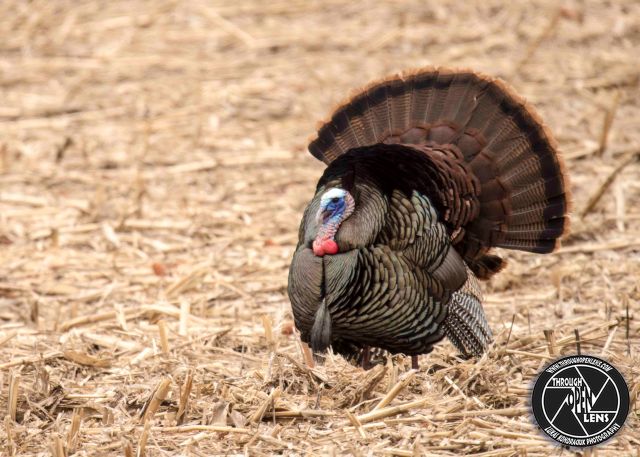F/13.0, 1/640, ISO 400.
Merlin
Did you hear that Mr. Clean is in the hospital?
Yeah, he has ammonia.
Interesting Facts: Though it’s not much bigger than the more common American Kestrel, the Merlin is heavier and often appears considerably larger. As with most raptors, female Merlins are larger than males. ( https://www.allaboutbirds.org/guide/Merlin )










